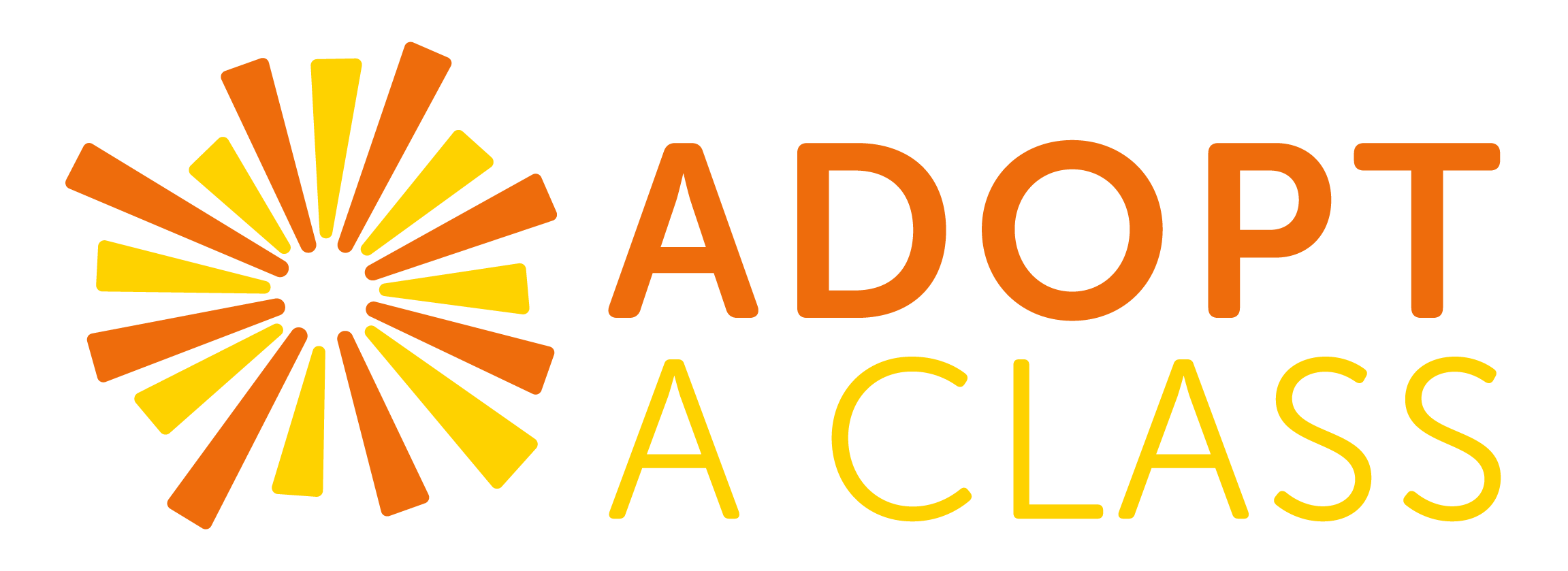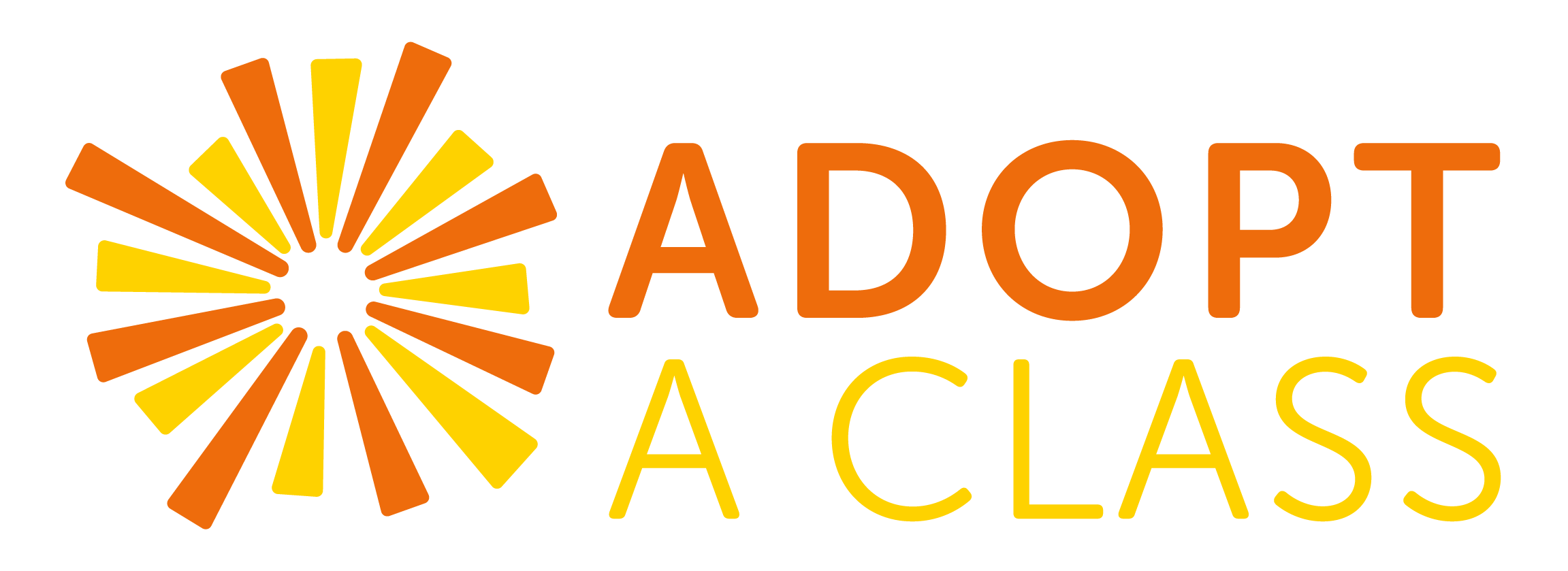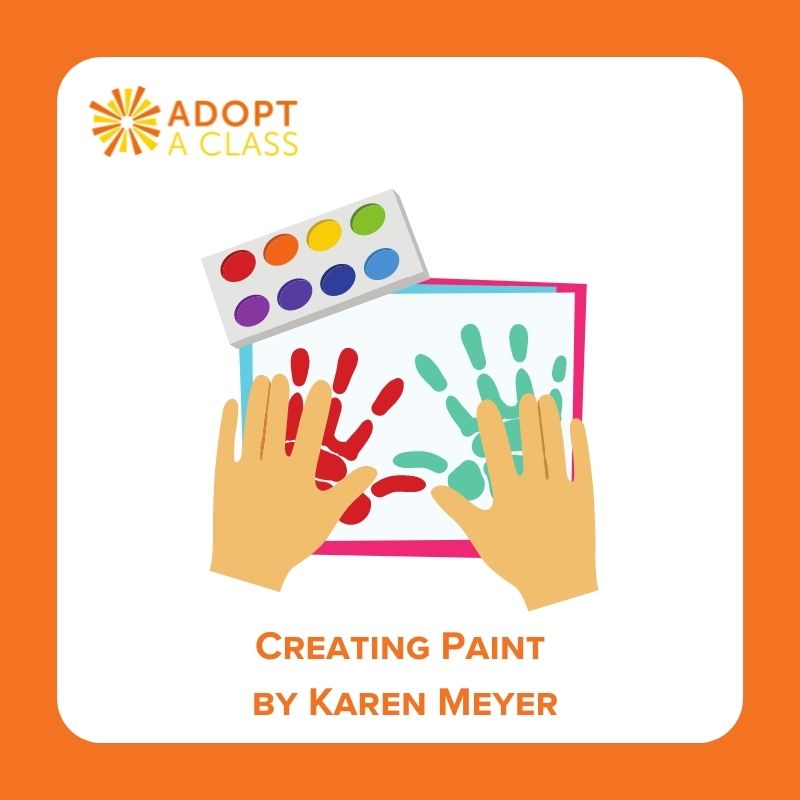Creating Paint by Karen Meyer
Creating Paint by Karen Meyer
Safety: Remind students to keep their hands clean and to wash hands if they get paint on them. Nothing, including hands, should go into their mouth or near their eyes.
Materials:
| Salt | Food Color | Plastic Ziploc Bags |
| Flour | Shaving Cream | Scissors |
| Elmers School Glue | Clear Plastic cups | Paint Brushes |
| Water | Plastic spoons (~1 tsp size) | Paper |
Experiment: Work in teams with one adult for each group of 4-6 kids.
There are many types of paint. Some are used to decorate and create art while others are made to cover walls and add color. Some paints not only add color, but they also protect the object, like a car. Paints are usually mixtures of solids in liquid. The solids do not dissolve and over time they settle to the bottom of the container, so we must shake or stir paint before we useit.
The solids in paint are called pigments and they help cover the surface underneath. The pigments and/or dyes also give the paint its color. A paint company also adds a binder in the recipe. The binder is like a glue – it helps the solids stick to the surface, but it dries clear and does not change the appearance much (it might make it glossy, though). Finally, other ingredients (additives) can be added to paint to make it special.
- Give each student two cups. Add ¼ spoon of salt to the first cup and ¼ spoon of flour to the second. Ask students describe how they are similar and how they are
- Add 1 full spoon of water to each cup and have the student stir. Ask what happensto the cup with salt and what happens to the cup with
Salt dissolves in water. We say that salt is soluble in water.
- White paint: Pour the salt water into the flour water. Next, add 3 level spoons of white glue first, followed by 3 level spoons of flour. Have students stir the mixture until smooth. Add water if the mixture is thick like paste. Ask for their
Discuss with the students that they have made white paint. Flour is a solid that will cover the surface and hide the paper underneath. Paint over a mark on paper and it disappears with enough paint. Glue is the binder and will make the flour stick. Salt will help preserve the paint and water makes it spread nicely.
Question: What color is most of the paint at the hardware store?
Answer: White! Ask student why all the paint would be white, how they might turn the paint different colors, and if they have ever seen paint can shakers at the store.
Ask students if they want white paint. If so, have them take 1 spoon of 1 paint and place it in the empty cup that contained salt water.
- Colored paint:Add food color gel to the students paint and make different colors at the table. The students will share
Have the students mix their paint color and then give the color a cool new name. Example: Not just Red, but Roaring Raspberry Red!
- Puffy Paint: An adult should now add shaving cream to a cup at the table. Remind students not to touch the cream to avoid accidental contact with their mouth and eyes.
- Give each student a Ziploc bag and help them add 1 spoon of their paint and 2 rounded spoons of shaving cream.
7) Remove the air, seal the bag and have students mix. An adult can cut a small corner of the Ziploc Bag to make a Puffy Paint pipingbag.
Question: What makes Puffy Paint puffy?
Answer: The bubbles that form in the shaving cream foam. Ask students to describe the similarities differences between plain paint and puffy paint.
- Creating Art: Have students work cooperatively to share their paint and puffy paint. Keep paint brushes with their paint colors to minimize
Question: What would happen if you mixed colors? Let student decide together if they wish to create new colors.
Download this activity here.
Designed by STEM Advisor Karen Meyer
Grade Range:PreK to 3rd
Time: 40 min
Synopsis: Students discover the process of making paint with pigment (flour), binder (glue), dye (food color), and liquid (water). They observe the difference between something that dissolves in water (salt) and something that does not (flour) and note how different ingredients (food color, shaving cream) change their paint.




